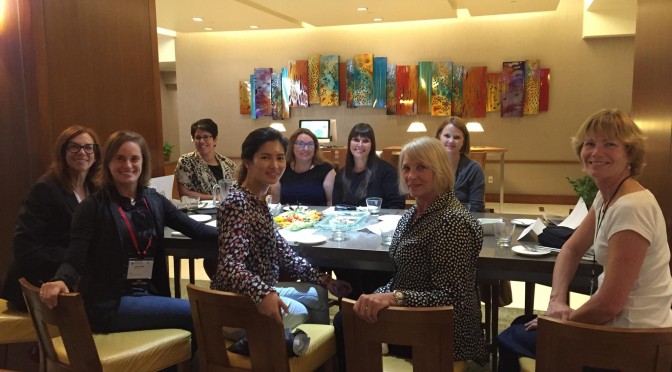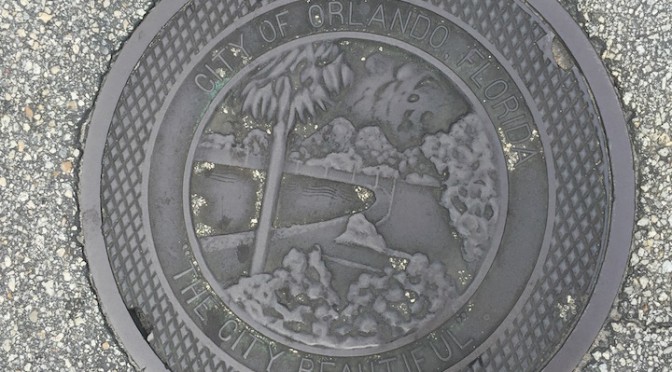The fatal injury on the Schlitterbahn “Verrückt” waterslide has been reported as a decapitation.
Earlier accounts referred to a “neck injury”. Reporters enthusiastically parsed past Consumer Product Safety Commission reports and noted 28% of injuries in their dataset were head and neck injuries. They did not report that the CPSC data on amusement rides substantially overstates injury occurrence due to the inclusion of swan boats, ball pits, laser tag, corn mazes and other things that are not what you would popularly consider “amusement rides”. A study I published in the journal Safety Science in 2014 found the national estimate of actual amusement ride injuries was less than 2/3 of what CPSC data would suggest.
Continue reading “Report of rider injury”








